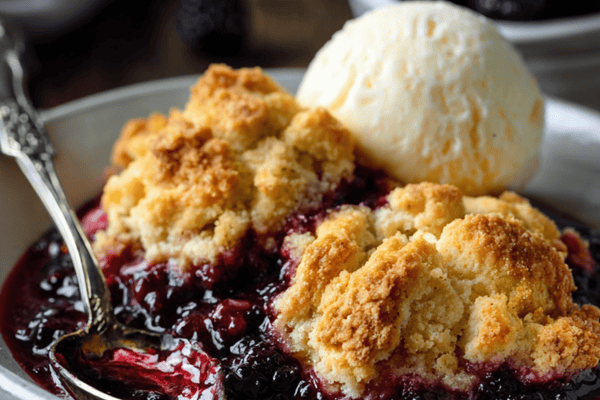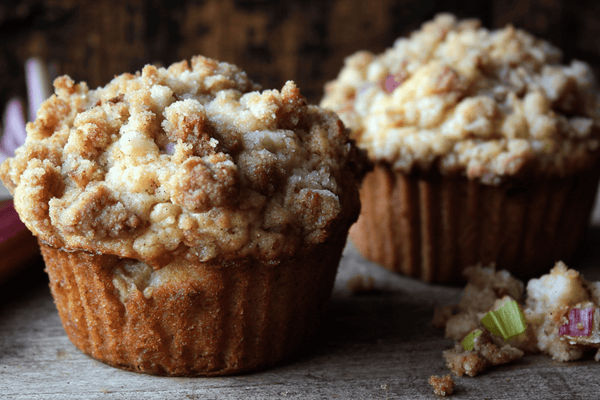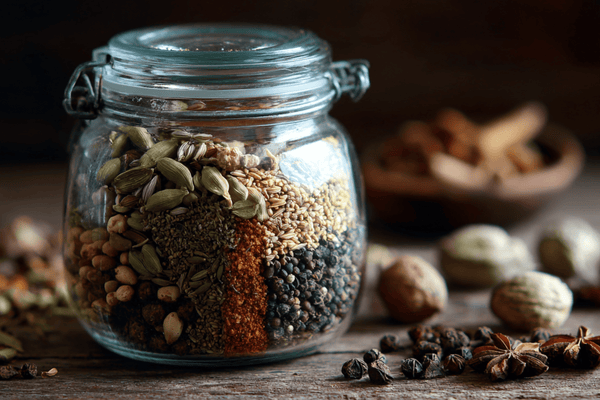
Cooking is a joy for many people. It is an art form that requires skill and the right tools. One of the essential tools in any kitchen is a skillet. It is a versatile kitchen tool that can cook various dishes, from seared steaks to sautéed vegetables. This article will answer the question, what is a skillet? We will discuss its types, uses, and tips for cooking with it.
Table of contents
What is a Skillet?
Well, A skillet is a frying pan with a flat bottom, sloping sides, and a long handle. It is typically made of cast iron, stainless steel, or non-stick materials. Skillets can range in size from small (6 inches) to large (16 inches) and are available in various shapes, including round, oval, and square.
Types of Skillets
Skillets come in various styles, each with unique features and benefits. Here are the most common types of skillets:
- Cast Iron Skillet - This type of skillet is durable, long-lasting, and can be used on any cooktop, including induction cooktops. It is an excellent heat conductor and can withstand high temperatures, making it perfect for searing and frying.
- Stainless Steel Skillet - This type of skillet is durable, easy to clean, and does not react with acidic ingredients. It is also a good heat conductor, but it takes longer to heat up than cast iron.
- Non-Stick Skillet - This skillet has a coating that prevents food from sticking to the surface. It is easy to clean and requires less oil or butter for cooking. However, it is less durable than cast iron or stainless steel skillets.
| Type of Skillet | Material | Best for |
|---|---|---|
| Cast Iron Skillet | Cast Iron | High-temperature cooking, searing, browning, frying, and baking |
| Stainless Steel Skillet | Stainless Steel | Searing, sautéing, pan-frying, and simmering |
| Non-Stick Skillet | Aluminum with non-stick coating | Low-fat cooking, eggs, delicate foods, and easy cleaning |
This table provides a quick and easy way to compare the different types of skillets based on
Uses of Skillets
Skillets are incredibly versatile and can be used for many cooking techniques, including sautéing, searing, frying, and even baking. Here are some common uses for skillets:
- Searing - Skillets are perfect for searing meats to create a crispy crust on the outside while keeping the inside juicy and tender.
- Sauteing - Skillets are great for sautéing vegetables, such as onions, garlic, and peppers. The sloping sides of the skillet allow for easy stirring and flipping.
- Frying - Skillets are ideal for frying foods like chicken, fish, and French fries. They can hold a lot of oil and heat evenly to ensure that the food is perfectly cooked.
- Baking - Some skillets are oven-safe and can be used for baking dishes like frittatas and quiches.
| Cooking Technique | Best Skillet Type | Tips |
|---|---|---|
| Searing | Cast Iron or Stainless Steel | Preheat the skillet until it's hot, then add a small amount of oil and your protein. Don't overcrowd the pan and let the food cook undisturbed for a few minutes before flipping. |
| Sauteing | Stainless Steel | Preheat the skillet over medium-high heat, add a small amount of oil or butter, and your vegetables. Toss the vegetables frequently to cook them evenly. |
| Pan-Frying | Cast Iron or Non-Stick | For cast iron, preheat the skillet over medium heat and add enough oil to cover the bottom. For non-stick, preheat over medium-high heat and add a small amount of oil. Add your food and cook until golden brown on both sides. |
| Stir-Frying | Carbon Steel | Preheat the skillet until it's hot, then add a small amount of oil and your vegetables or protein. Toss constantly to cook them quickly and evenly. |
| Baking | Cast Iron or Stainless Steel | Preheat the skillet in the oven before adding your batter or dough. This can help create a crispy crust or sear on the bottom of your baked goods. |
This table provides a quick and easy way to compare the different cooking techniques and the best types of skillets to use for each. It also includes some tips to help you get the best results when cooking with a skillet.
Tips for Cooking with Skillets
Here are some tips for cooking with skillets:
- Preheat the skillet - Skillets should be preheated before adding food to ensure even cooking.
- Use the right oil - Use oils with a high smoke point, such as vegetable oil or canola oil, for frying and searing.
- Don't overcrowd the skillet - Overcrowding the skillet can cause food to steam instead of sear, resulting in a soggy texture.
- Let the food cook - Resist the urge to stir or flip the food too soon. Let it cook for a few minutes to develop a crust before flipping.
FAQs
Q:What is the difference between a skillet and a frying pan?A: A skillet and frying pan are the same cooking tool. The terms are often used interchangeably, and both have flat bottoms and sloping sides. However, skillets typically have a more extended handle, making them easier to use for flipping and tossing food.
Q:Can skillets go in the oven?
A: Some skillets are oven-safe, while others are not. Cast iron and stainless steel skillets are generally safe to use in the oven, but be sure to check the manufacturer's instructions before using them. Non-stick skillets may not be oven-safe as the high heat can damage the coating.
Q:How do you clean a skillet?
Q: Can you use a skillet on an induction cooktop?
Conclusion
A skillet is a must-have kitchen tool that can be used for different cooking techniques. Whether you are searing a steak or sautéing vegetables, a skillet is a versatile and reliable tool that every home cook should have in their arsenal. With the right type of skillet and a few cooking tips, you can create delicious and healthy meals that you and your family and friends will love. So the next time you're in the kitchen, grab your skillet, and get cooking!



